Julie Morel, Fulbright scholar, is teaching students at Loyola to embrace experimentation and their own style while completing tasks in her print design and interactive design classes.
“It feels like people have no problem with mixing things which, for me, might not work, but it works (for them),” Morel said. “I’m sometimes surprised by what students come
up with.”
An interdisciplinary graphic designer and artist, Morel has been teaching for 17 years.
“I like how she puts it on us to get out of it what we put into it,” Christian Saucier, music industries senior, said. “Process is so important with her, which is definitely how you (do) better in anything you want to do.”
According to Morel, the basis for her teachings is taking the potential in a student’s graphic design work and cultivating it so that the student can better understand how to be as creative as they can, while also being able to get rid of what doesn’t work. Students work on a variety of projects throughout the course and have worked on book covers and ebooks.
“You’re more prepared for trying to explore every possibility you can come up [with],” Saucier said. “The only way you can find out what works best is by trying every possible combination.”
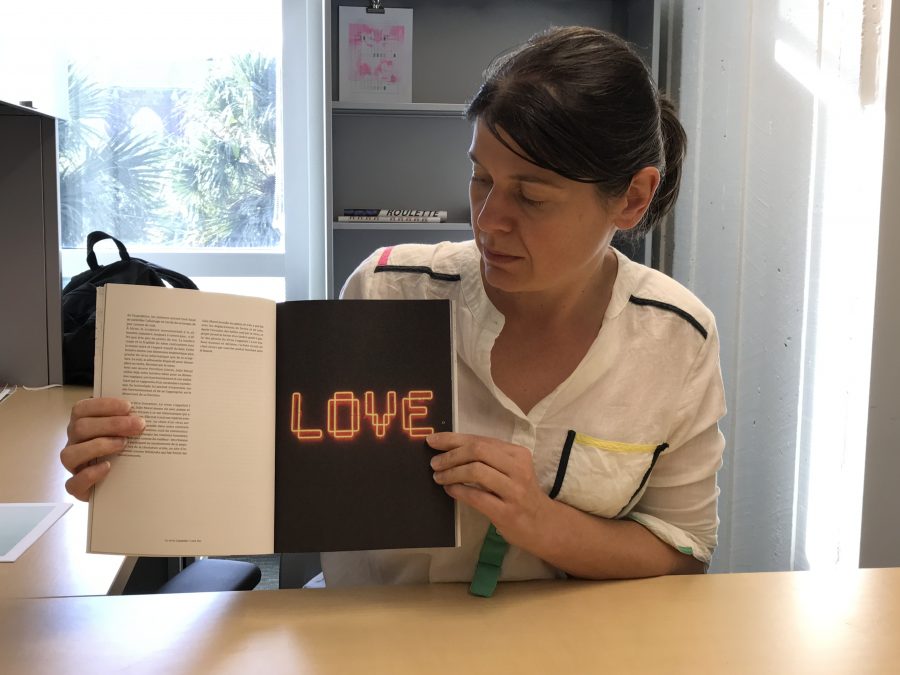
Created by J. William Fulbright in 1946, the Fulbright Program awards approximately 8,000 grants annually, distilling them to students and scholars alike internationally. Fulbright focuses on sponsoring programs that incite creativity, innovation and the increase of knowledge.
“You come with all your knowledge,” Morel said. “For the students, it’s just a different point of view on graphic design, the way they use different designs for different things. It gives them a more international perspective in design.”
Morel’s own works explore the textuality of graphic design. Her work includes typography, books, drawings, installations and an online project that experiments with how people think about language.
“At Loyola, the design team is a great experience,” Morel said. “Everything here is more playful, more experimental.”


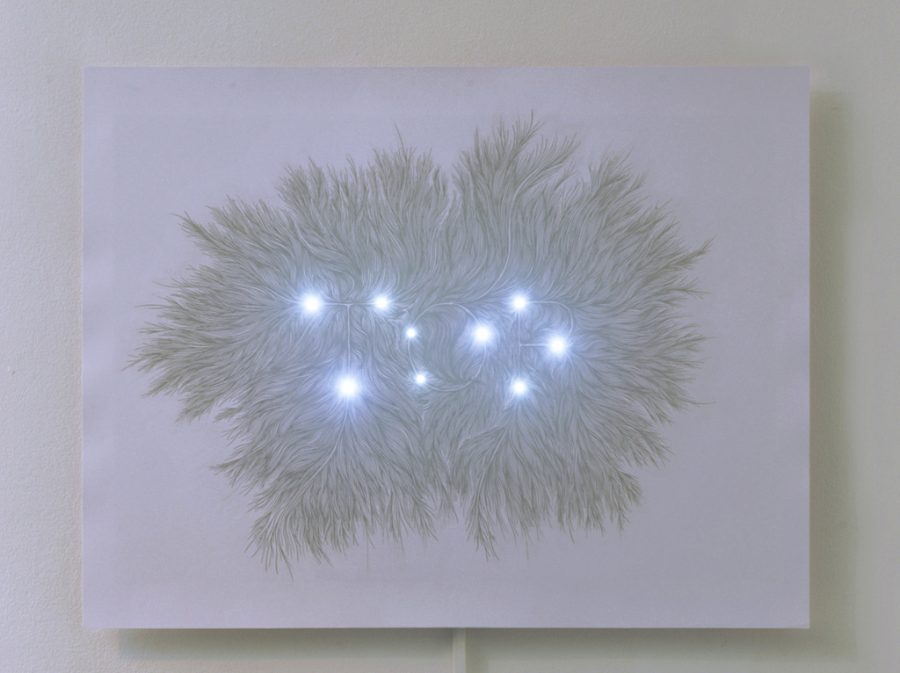
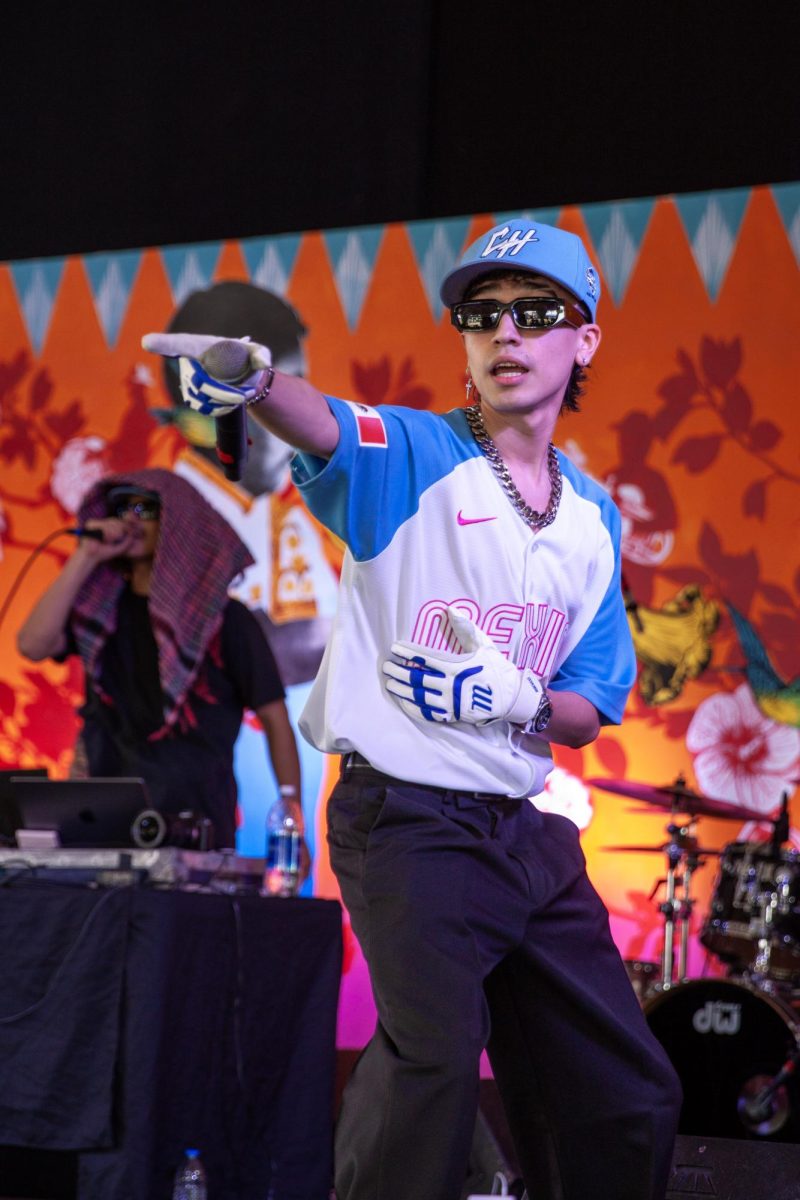





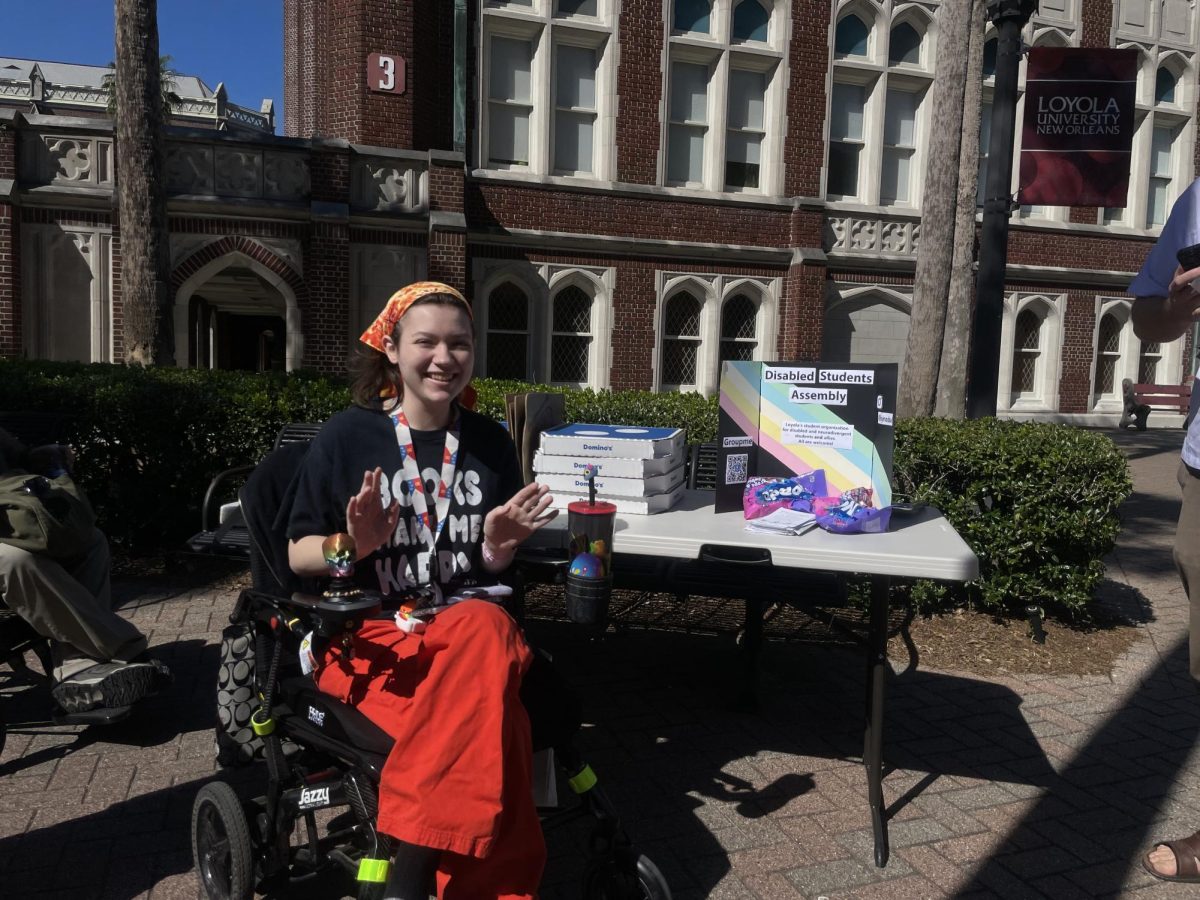

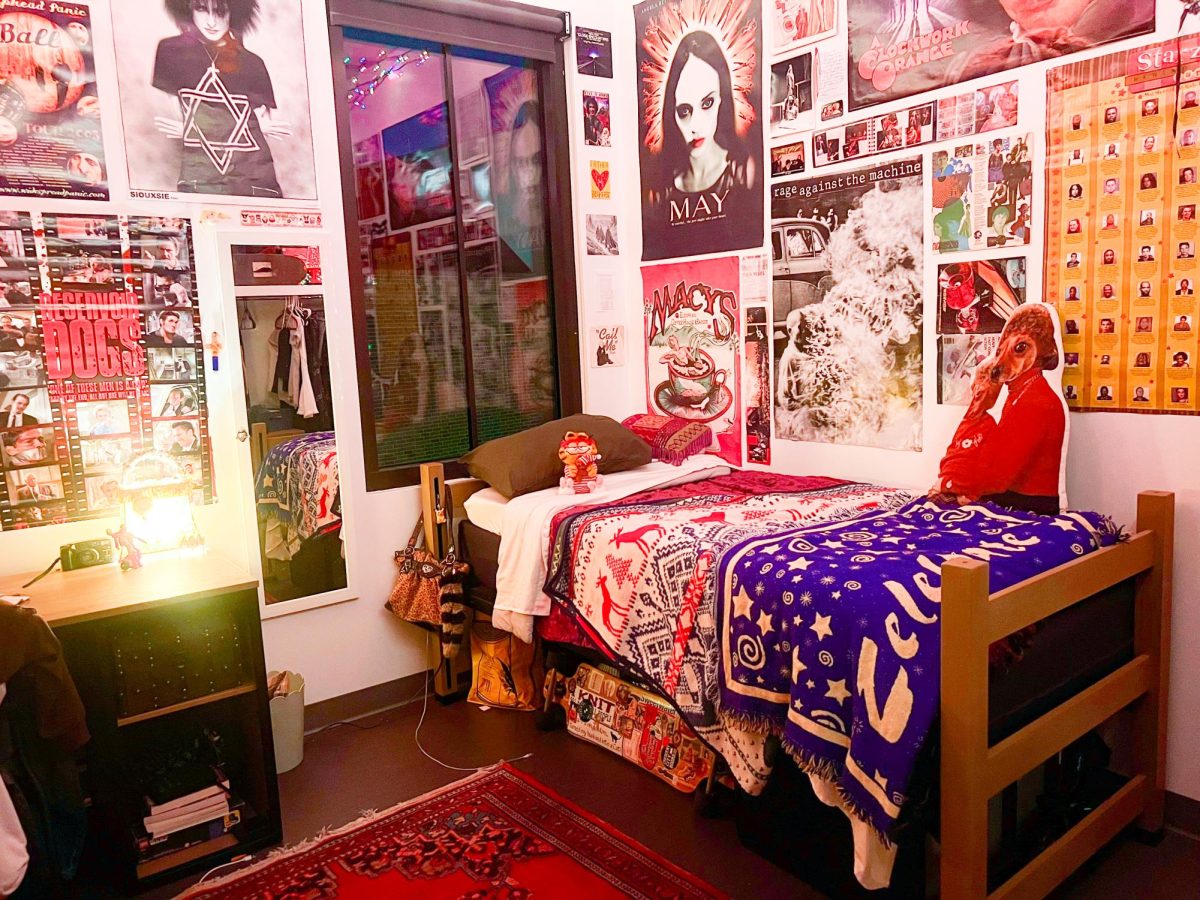
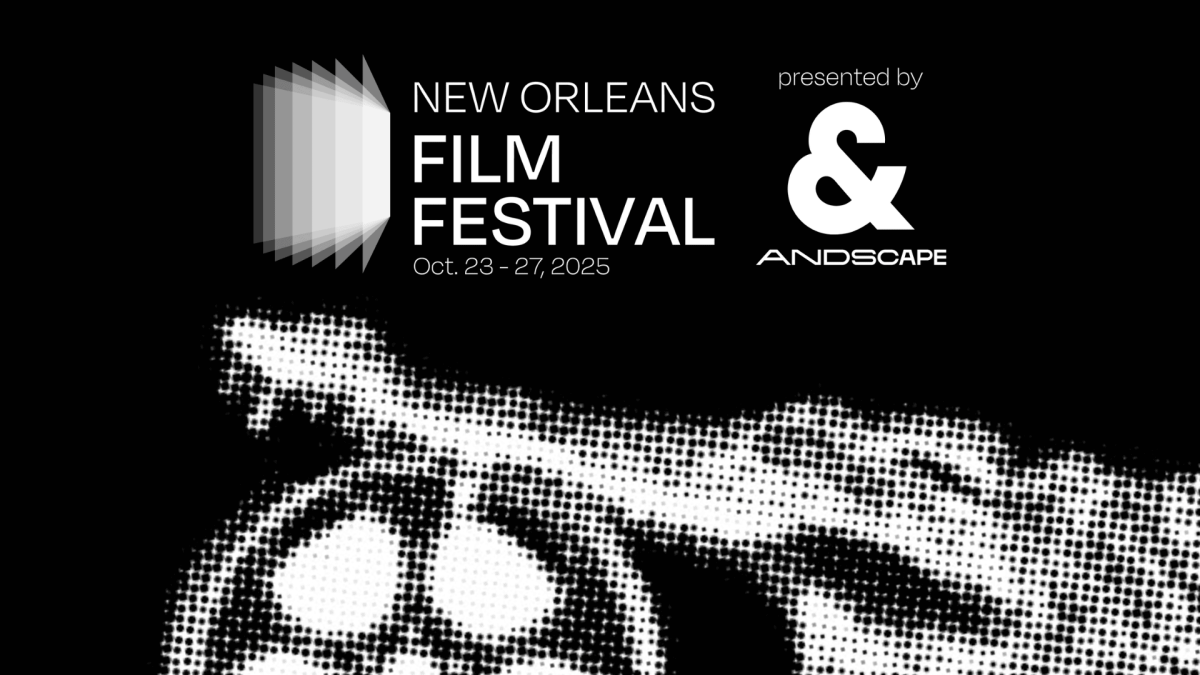
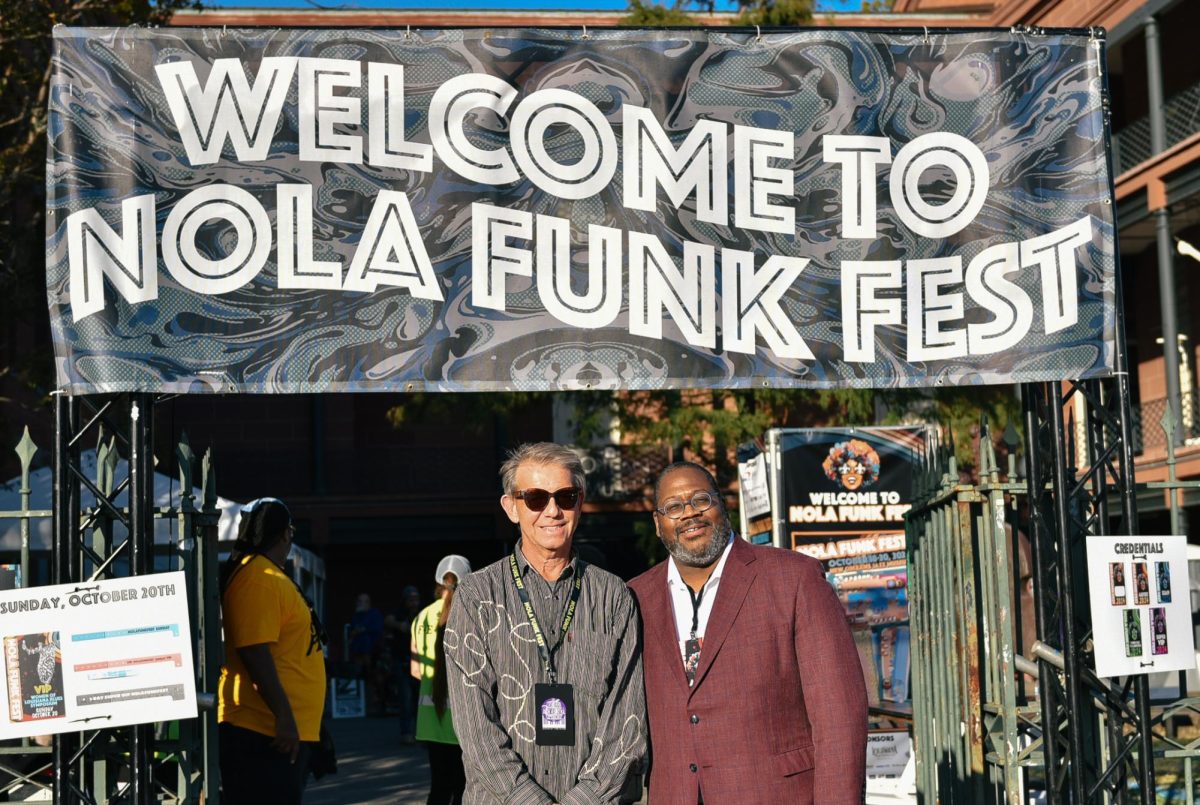
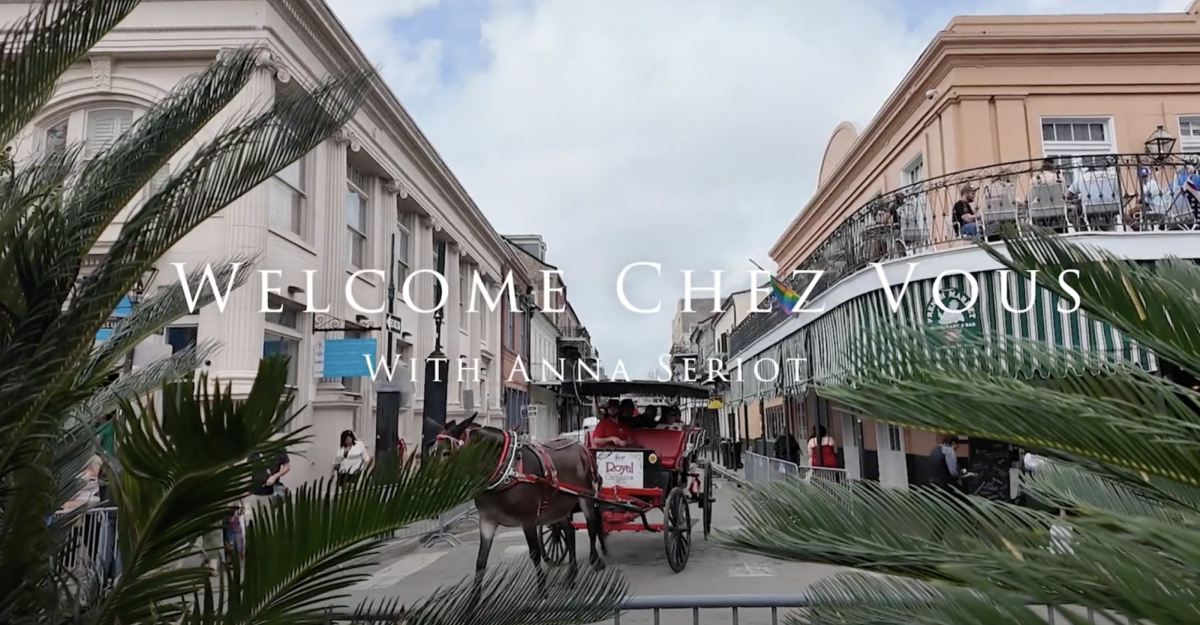

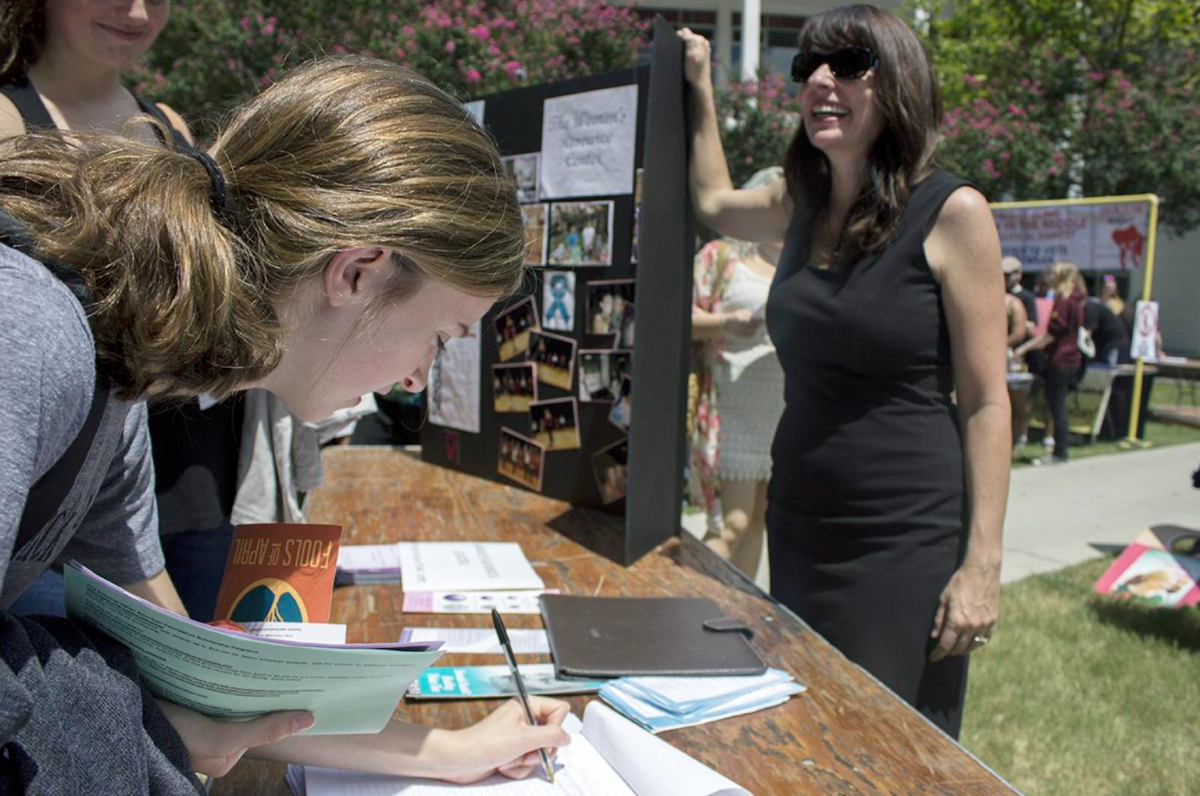



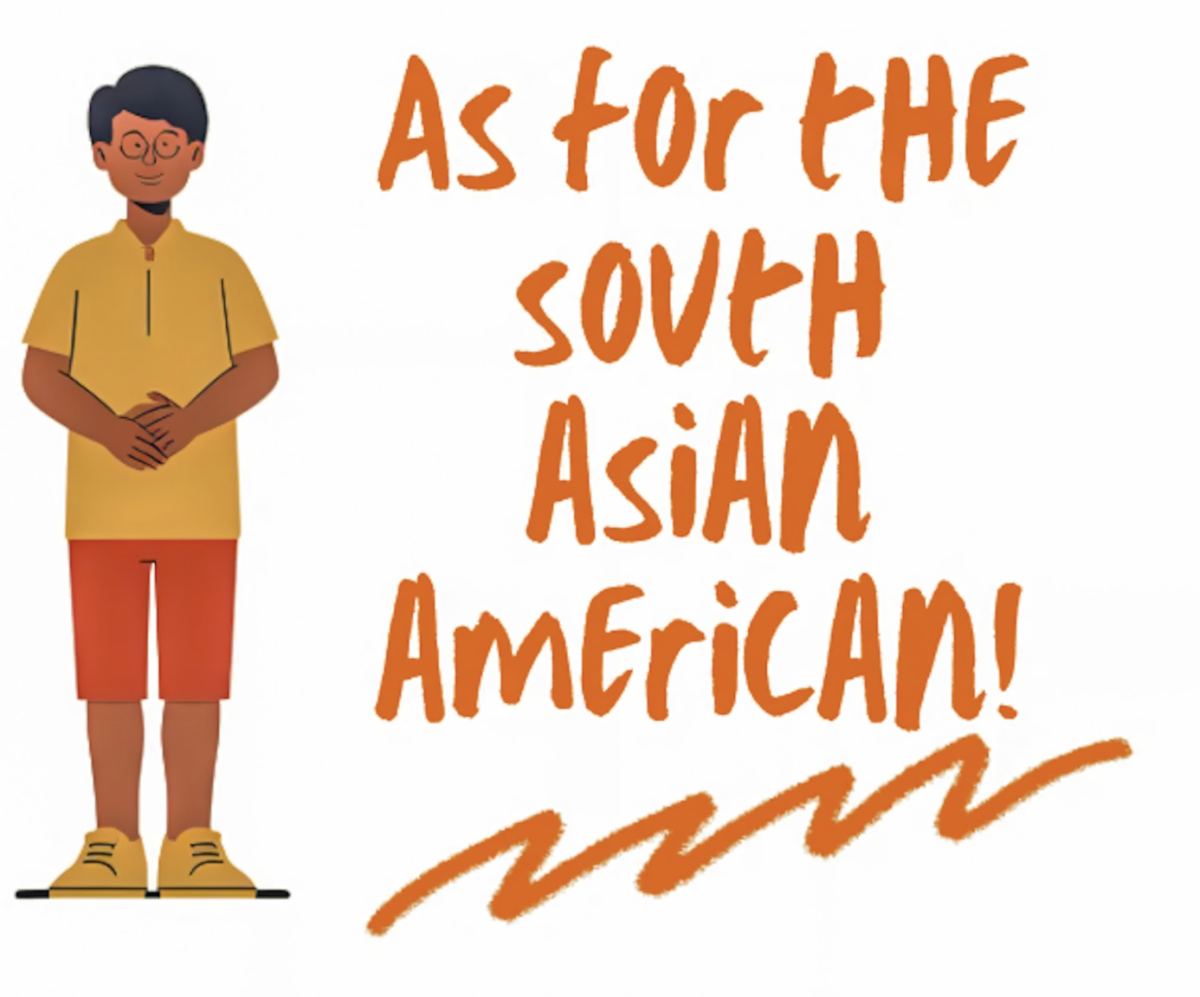
Gregory Day • Oct 26, 2016 at 9:46 am
I own an engineering and mechanical design firm in Indianapolis and have been in the industrial business for 35 years. I experienced the evolution from manual drafting to CAD, and all of the emotional and egotistical upheavals and trauma that that transition brought. The predominant cause was the abyss between “old” school ways and the “new wave”. Today, I’m seeing a very similar revolution underway taking place on a sub-psyche level. Additive manufacturing, the creation of digital CAD models into 3D printed, metal, components will allow mechanical designers to break with the old methodology of designing and create imaginative, cost effective, more structurally sound organic components for manufacturing.
Understanding that your field of expertise is primarily in the visual design arena, to me, design is a holistic and omniscient way of thinking. In other words, design is design, clients are clients. You can design a typeface or a milling fixture.
My question is, how do you introduce, even to young people, the idea to expand your mind around and through the conventional approach to looking at the design approach?